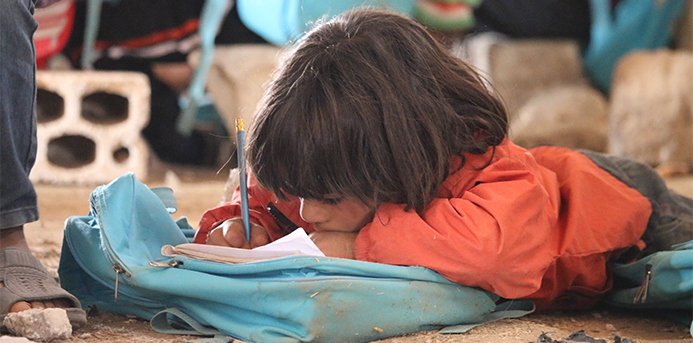If you’re a parent of school-age children, as you read this, odds are you just finished shopping for trendy back-to-school clothes, hunting down the must-have backpack and are looking ahead to the school holidays for a possible winter getaway.
In the United States, Labor Day weekend often marks the last hurrah before the school year commences. But, that is not the case for most children around the globe.
Nearly 263 million children and young adults remain out of school, with 1 in 8 denied the basic human right to education. What’s worse, girls are usually the first to be discounted.
Every day, women and girls around the world face barriers that prevent them from receiving an education. Some of these impediments include safety, infrastructure and sanitation barriers, child marriage and pregnancy, child labor and housework, cost, and simply being female.
One in four of the world’s out-of-school children live in countries consumed by conflict, with war, famine, disease, and acts of violence regularly sabotaging the efforts by students, teachers, and volunteers to access and provide education opportunities.
Education is integral to the positive development of youth. Equity in access to education for all children contributes to breaking the poverty cycle and helping build and sustain economic growth.
UNICEF works to provide safe learning spaces that meet the needs of all children. Spaces are equipped with water and sanitation facilities, assuring that while in school, children can learn regardless of the current situation taking place. (Find out how you can support UNICEF USA as you complete your back-to-school shopping.)
Take this photographic journey and see what it’s like to be a school-age child fighting for the right to learn. See the places young people around the world call their classroom:
United States
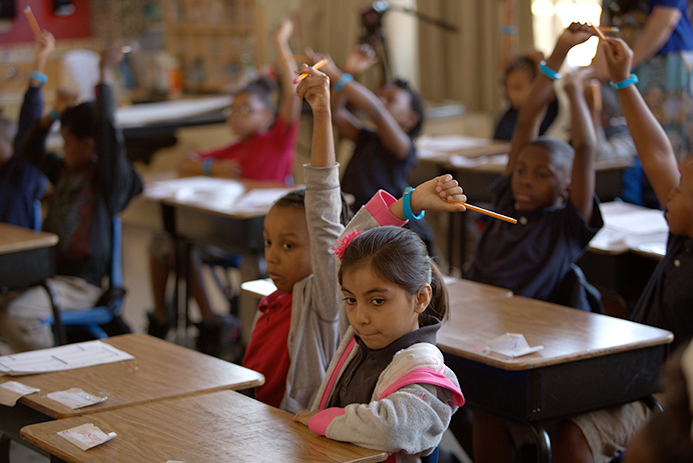
Cameroon
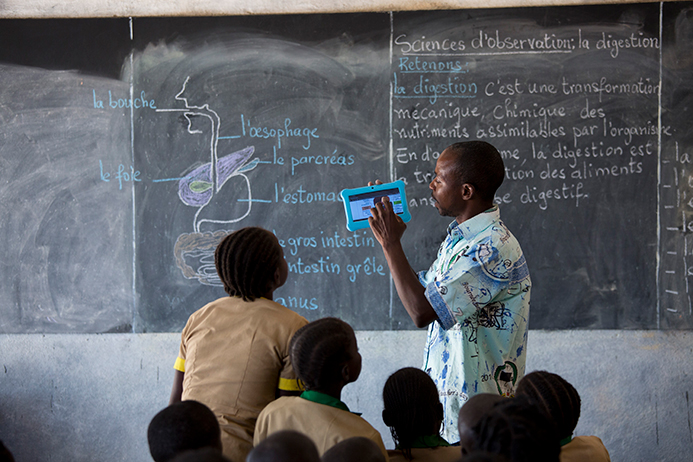
UNICEF initiated a pilot project in January 2017 called “Connect My School.” Six solar-powered VSAT units, which enable the provision of satellite internet access to remote locations, were deployed at schools in different parts of Cameroon.
In conjunction with the VSAT units, UNICEF has distributed child-friendly tablet computers. “I immediately started using them to search new words, play new games. I became so good at it that I now teach other children how to use this technology,” says Waibai. “I was recently allowed to bring one of the tablets home with me. My mother never had a mobile phone, she didn’t know what the internet was. I explained her and I showed her what I was doing at school with my tablet. She was so proud of me.” “I think that we are lucky to have this technology,” adds Waibai, “my dream is to become a teacher, and with what I am learning every day on my tablet, I am sure it can become a reality.” (Photo courtesy of © UNICEF/ UN0143506/Prinsloo.)
Iraq
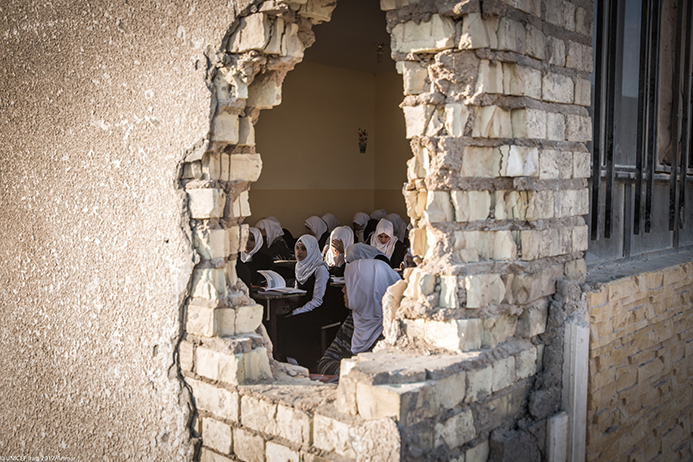
South Sudan
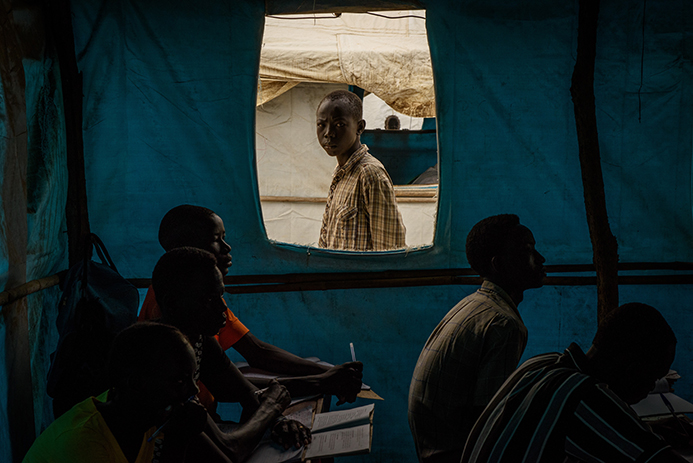
As of April 2017, South Sudan had the highest rate of out-of-school children with close to 72 percent of children missing out on education at the primary school level. This will have short and long-term consequences for the stability and development of South Sudan. (Photo courtesy of © UNICEF/ UN070386/Hatcher-Moore.)
Syria
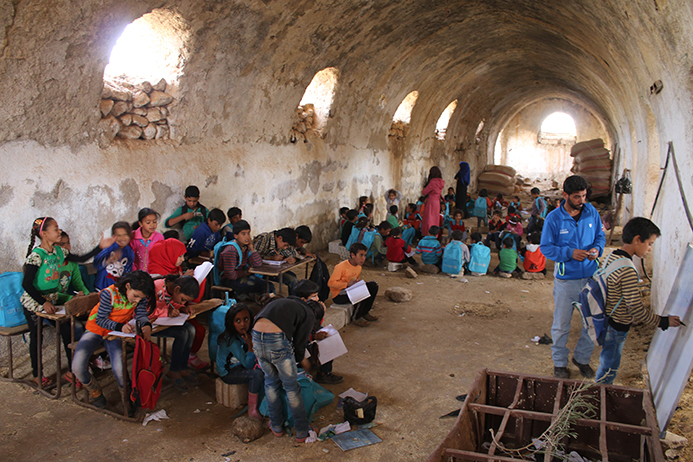
“There is not a single space or even an extra tent that we could’ve used as a learning space,” says [NAME CHANGED] Muhammad, a teacher in this school. “So we had to clean this fodder collection centre and turn it to a school where almost 80 children come on a daily basis to learn reading and writing, both in Arabic and English, and the principals of mathematics,” Muhammad continues. The children are divided into four groups based on their knowledge and age. Each group is taught by one of the four former teachers, two male and two female teachers. “Children have to share notebooks because we severely lack the necessary education supplies. They rotate on using the only six desks available,” [NAME CHANGED] Mona, a former teacher in rural Dar’a, says. (Photo courtesy of © UNICEF/UN041545.)
Yemen
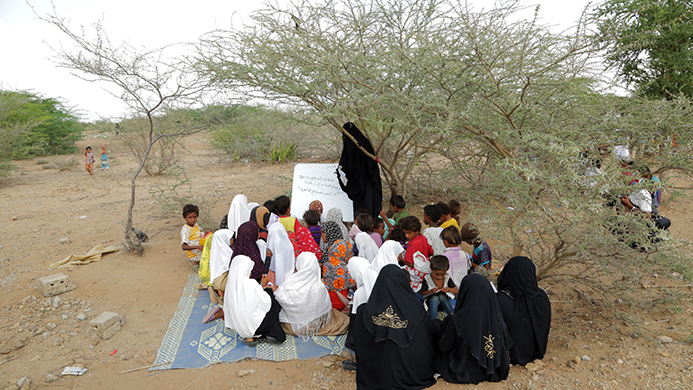
Nearly half a million children have dropped out of school since the 2015 escalation of conflict in Yemen, bringing the total number of out-of-school children to 2 million. Almost three quarters of public school teachers have not been paid their salaries in over a year, putting the education of an additional 4.5 million children at grave risk. (Photo courtesy of © UNICEF/ UN0153963/ Obadi.)
Democratic Republic of the Congo
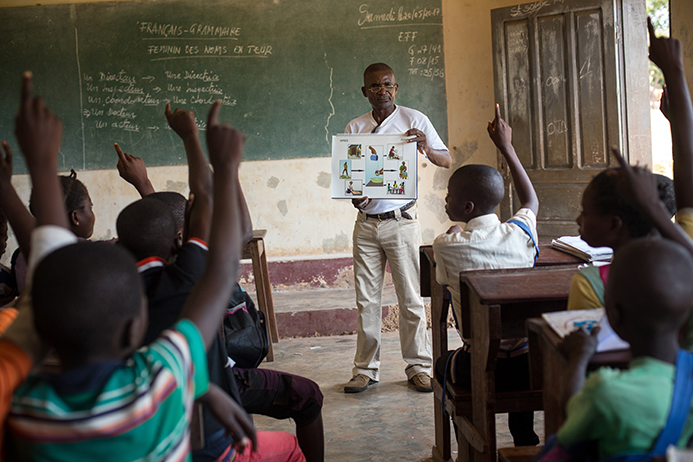
Bangladesh
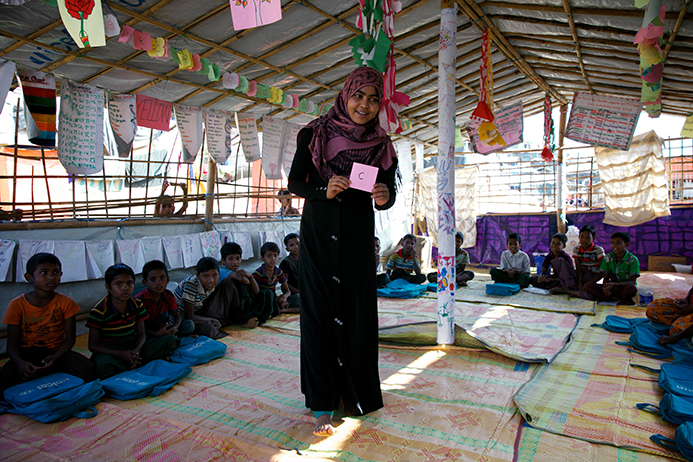
The influx of Rohingya refugees from northern parts of Myanmar’s Rakhine State into Bangladesh restarted following attacks at Myanmar Border Guard Police posts on Aug. 25, 2017. As of Dec. 21, 2017, the Inter Sector Coordination Group (ISCG) reported that 655,000 Rohingya refugees have entered Bangladesh since the attacks. According to ISCG’s rapid needs assessment, 58 percent of new arrivals are children and 60 percent are female children and women including a high number of pregnant (3 percent) and lactating women (7 percent). (Photo courtesy of © UNICEF/UN0158135/Sujan.)
Iraq
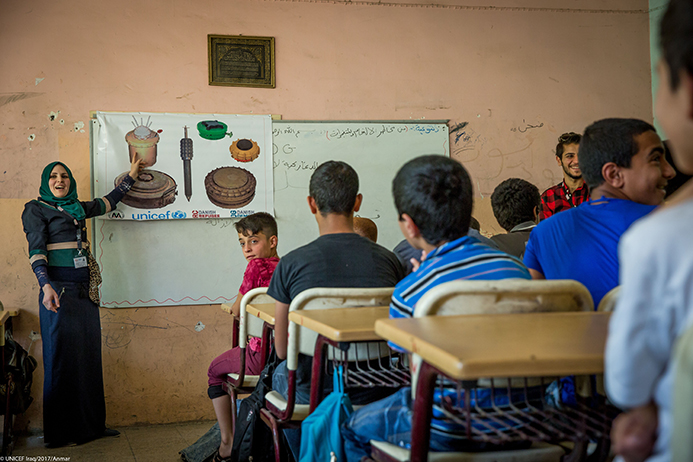
Côte d’Ivoire
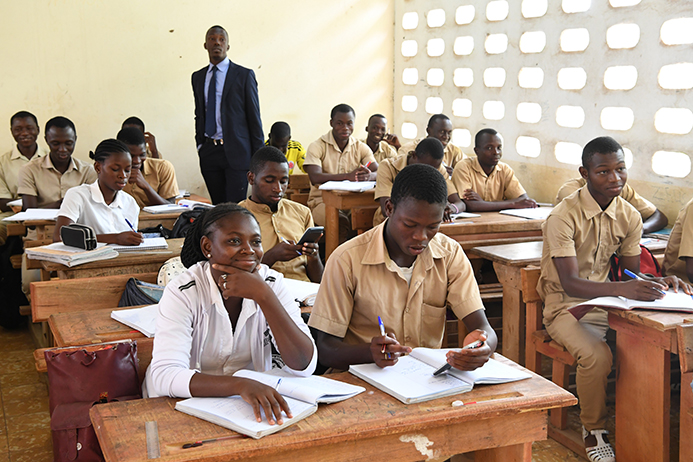
In Côte d’Ivoire, more than 2 million children ages 6-16 do not go to school and less than 8 percent of children go to preschool. The graduation rate is lower than 70 percent in primary school and 41 percent in high school. This is mainly due to the low quality of education, the lack of sufficient textbooks, the excessively high pupil/teacher ratio in primary schools, and the low teacher supervision and teaching methods that do not take into account the specific needs of children. (Photo courtesy of © UNICEF/UN061723/Dejongh.)
Myanmar
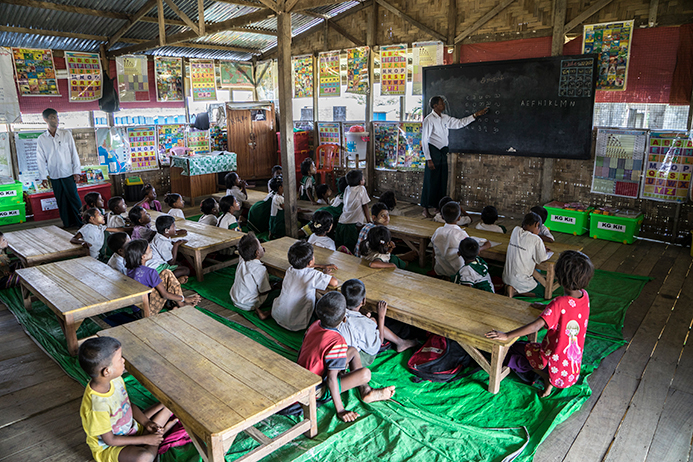
The camp, sheltering almost 6,000 people, was set up after communal violence broke out in 2012. There are over 120,000 Rohingya, about half of whom are children, still trapped in camps. Severe restrictions on their freedom of movement are shrinking horizons for children — nowhere more so than in terms of education. (Photo courtesy of © UNICEF/ UN0155433/Thame.)
Ghana
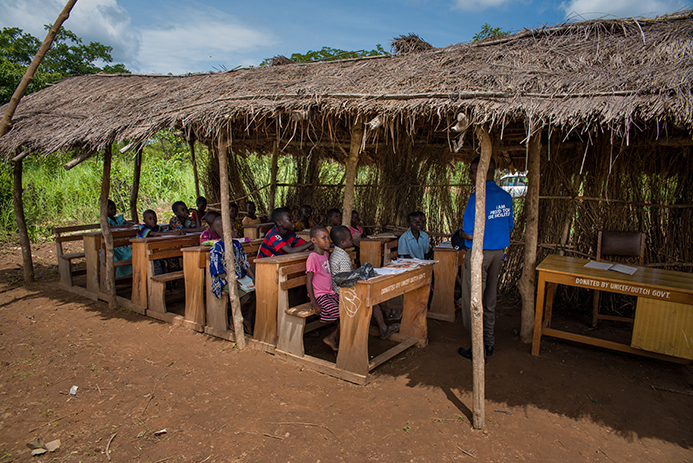
This program supports out of school children between the ages of 8-14, in order to transition into the formal education system. (Photo courtesy of © UNICEF/UN031901/Ademuyiwa.)
South Sudan
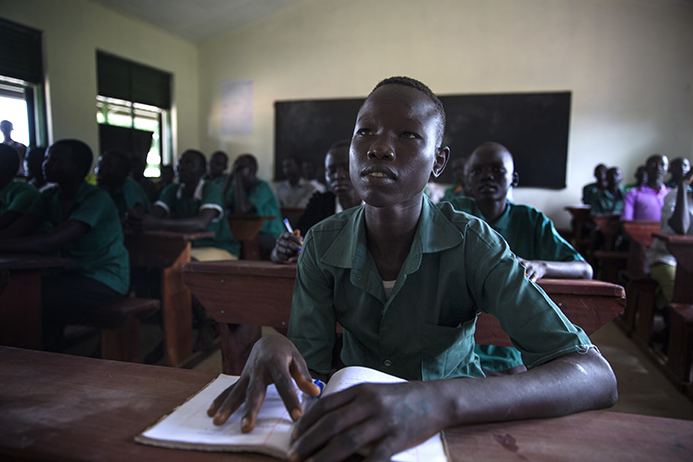
United States
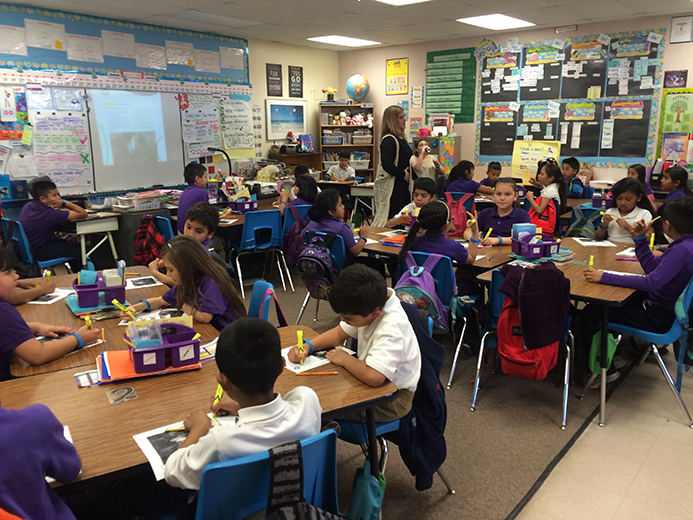
Yemen
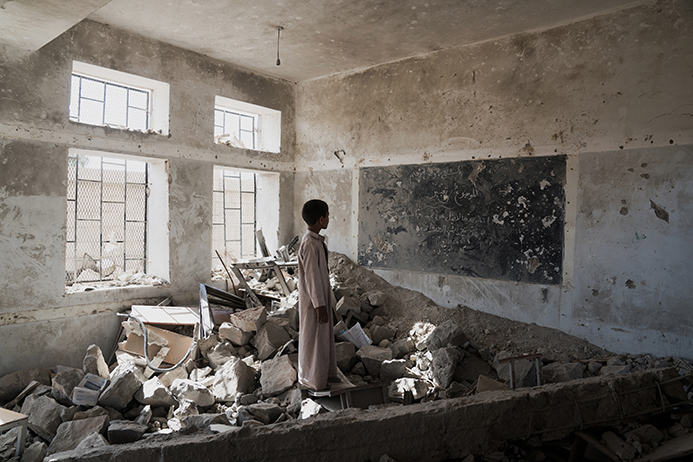
Since the start of 2017, the humanitarian situation in Yemen has substantially deteriorated. According to analysis by the Humanitarian Country Team released in April 2017, the number of people in need of assistance and protection is 20.7 million. Increasing tensions and hostilities in the western coast since January have left over 50,000 people displaced, many of them in locations where humanitarian access has been extremely challenging.
Yemen’s education system is also on the brink of collapse, and more than 5 million children risk being deprived of their right to education. As of June 2017, over 193,000 teachers have not received their salaries during the past nine months. Moreover, school infrastructure has been affected, with 222 incidents of attacks on schools documented and verified by the Country Task Force on Monitoring and Reporting of Grave Child Rights Violations (CTF MR) between March 2015 and June 2017. At least 1,279 schools are partially damaged, 233 totally damaged, 162 schools are still being used as shelters for IDPs, and 21 schools are occupied by armed groups. (Photo courtesy of © UNICEF/ UN073959/Giles Clark for UNOCHA.)
Afghanistan
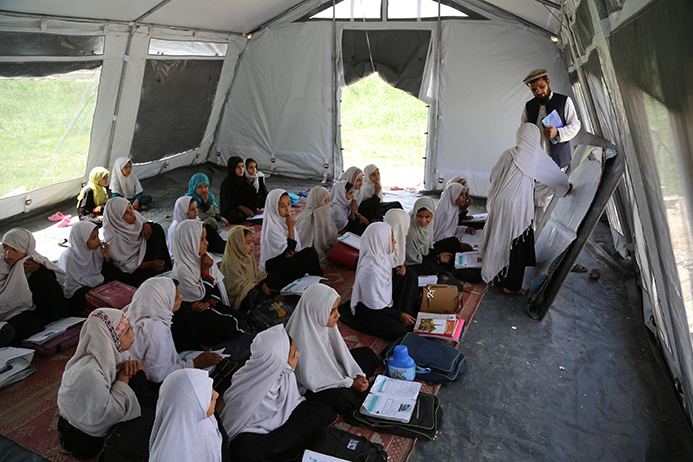
Uganda
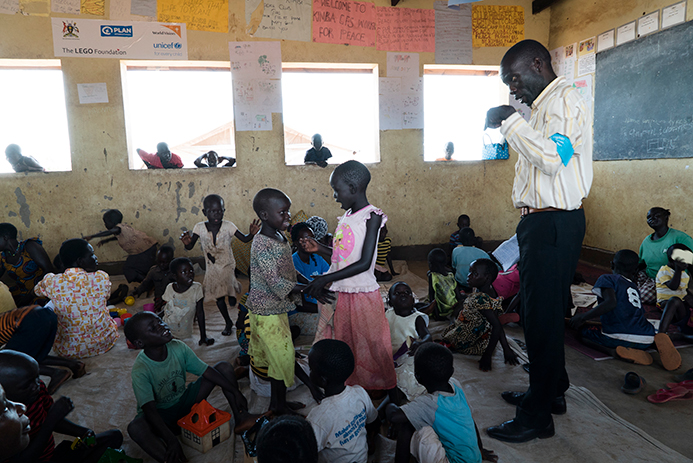
With funds from the LEGO Foundation, through its partners, UNICEF is training parents and caregivers to produce locally made play materials to replicate those in the original ECD (early childhood development) kit. This is done in order to meet the increasing demand of ECD services from South Sudanese refugees in West Nile, Northern Uganda. (Photo courtesy of © UNICEF UN0220215/Sibiloni.)
Jordan
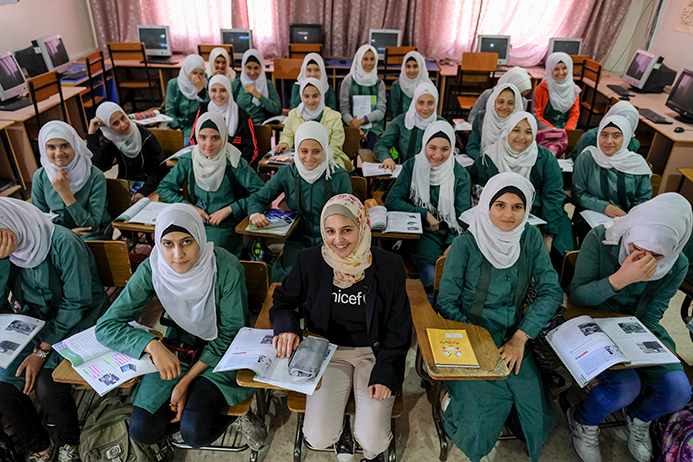
Around 2.4 million Syrian children are missing out on education, including 1.7 million inside the Syrian Arab Republic and more than 730,000 Syrian refugee children in Egypt, Jordan, Lebanon, and Turkey. Some Syrian children have never been inside a classroom, while others have lost five or six years of their education.
Since the conflict began, UNICEF has worked with partners to increase access to formal and informal education for children affected by the Syrian crisis, including through the creation of double-shifting systems in nearly 500 schools in Jordan and Lebanon, “back-to-learning” campaigns, and rehabilitation of some 1,000 classrooms across refugee host countries. However, a devastating funding gap is preventing the organization from reaching more children. UNICEF has received only half of the funding needed to provide education for children affected by the Syrian conflict. (Photo courtesy of © UNICEF/ UN0135676/Rich.)
Ukraine
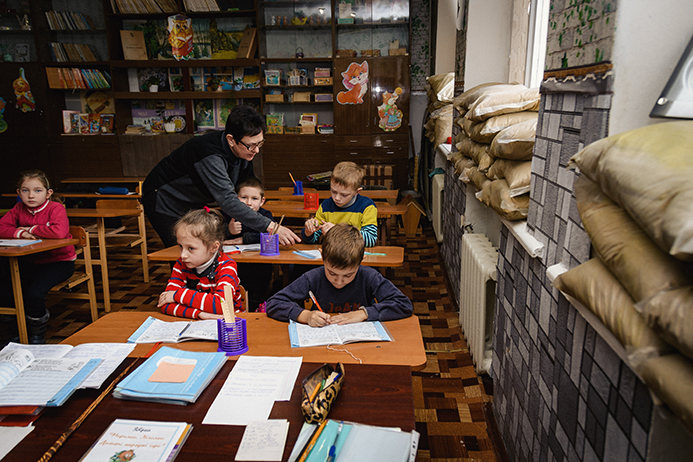
The latest closure of schools has worsened the ongoing education crisis already affecting more than 600,000 children in eastern Ukraine. After nearly three years of conflict, more than 740 schools — one in five — have been damaged or destroyed, resulting in girls and boys missing many months of schooling due to displacement and the effects of conflict. (Photo courtesy of © UNICEF/ UN052474/Hetman.)
Niger

Niger continues to face multiple humanitarian crises with needs projected to grow in the coming years. The Diffa region, currently hosting 221,790 displaced people from Niger and Nigeria due to Boko Haram-related insecurity, will continue to be affected, with an estimated 340,000 people expected to require humanitarian assistance in 2017. At the national level, despite an average harvest season, an estimated 1.3 million people will require food assistance and 1.5 million will require nutritional assistance, including 247,500 children affected by severe acute malnutrition (SAM). Epidemic outbreaks, particularly measles, meningitis, and cholera, and natural disasters are expected to impact 872,000 people, including 479,600 children under five. (Photo courtesy of © UNICEF/UN051533/Tremeau.)
Learn about the different ways to get involved and help UNICEF drive change for children worldwide.
More from Make It Better:
- Best of 2018: Education
- 8 of the Best STEM Toys to Help Kids Learn While They Play
- Chicagoland’s Top Teachers Share Their Best Piece of Advice
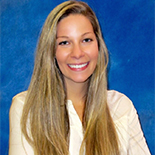 Emily Stone is Associate Editor at Make It Better. She earned a degree in journalism from Elon University in North Carolina. Along with writing, Stone has a passion for digital storytelling and photography. Her work is published in Chicago Athlete Magazine. Stone is a supporter of St. Jude Children’s Research Hospital and the National Multiple Sclerosis Society. Stone is a fluent Spanish speaker who in her free time loves a good dance class.
Emily Stone is Associate Editor at Make It Better. She earned a degree in journalism from Elon University in North Carolina. Along with writing, Stone has a passion for digital storytelling and photography. Her work is published in Chicago Athlete Magazine. Stone is a supporter of St. Jude Children’s Research Hospital and the National Multiple Sclerosis Society. Stone is a fluent Spanish speaker who in her free time loves a good dance class.
